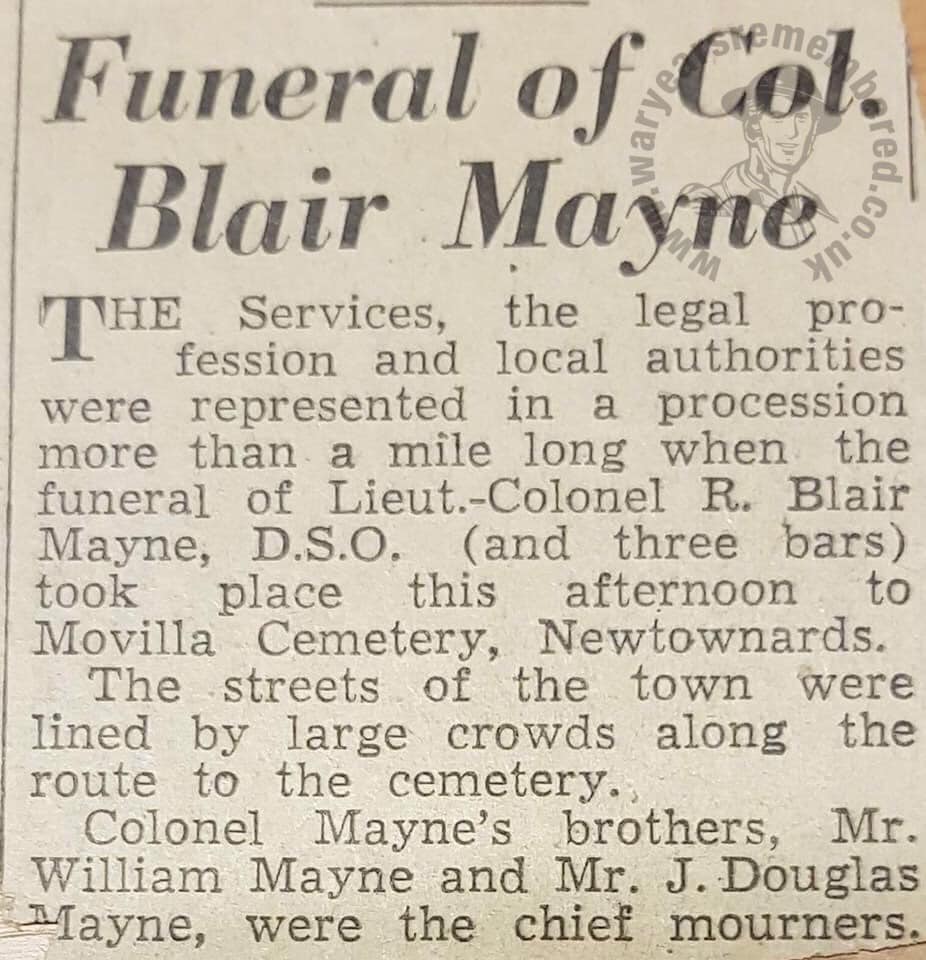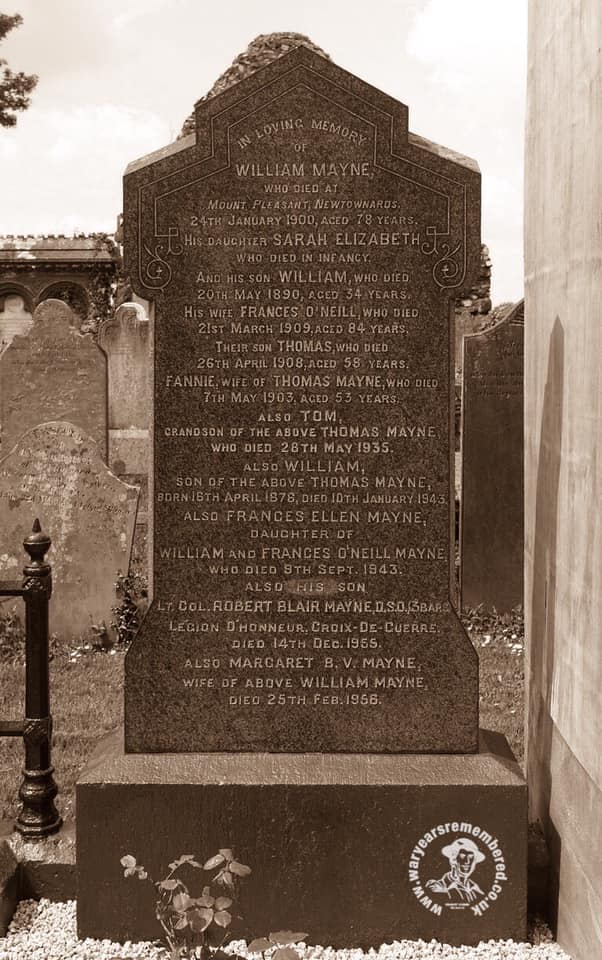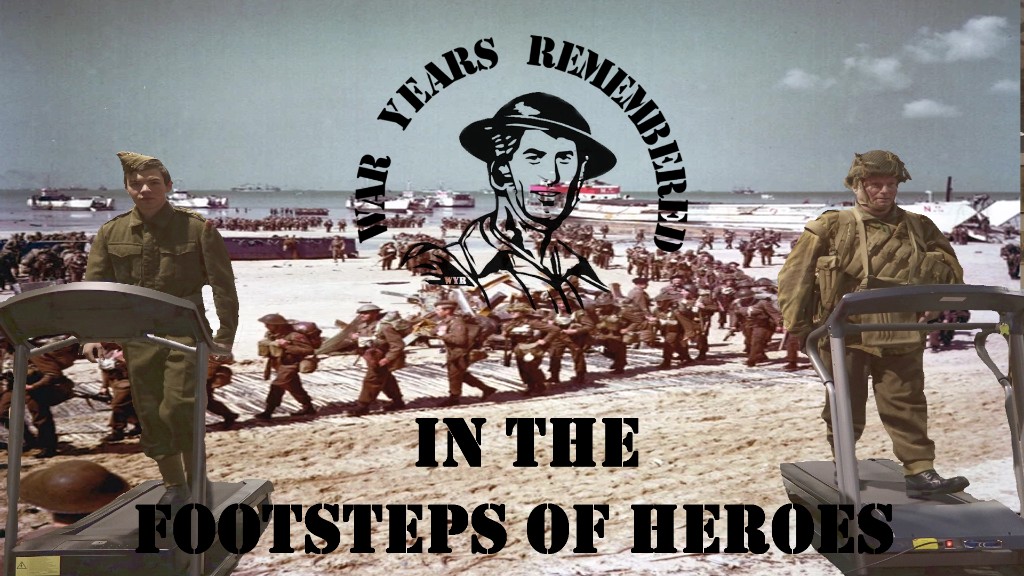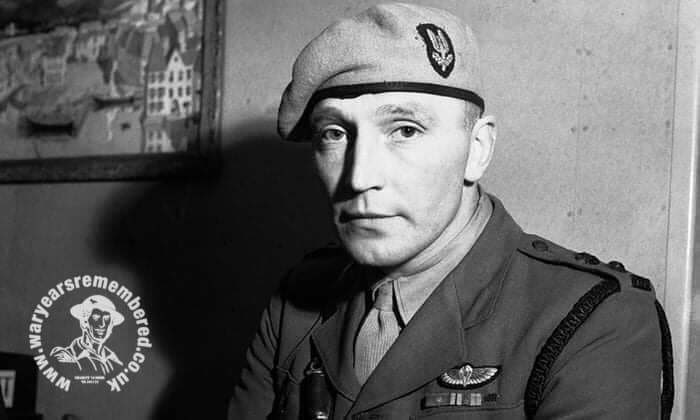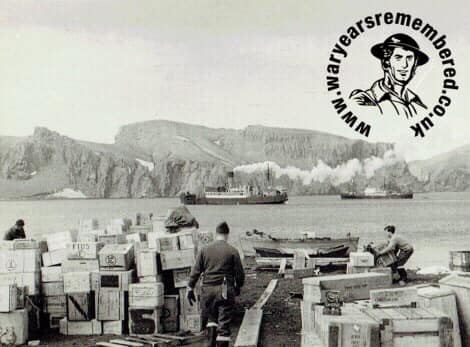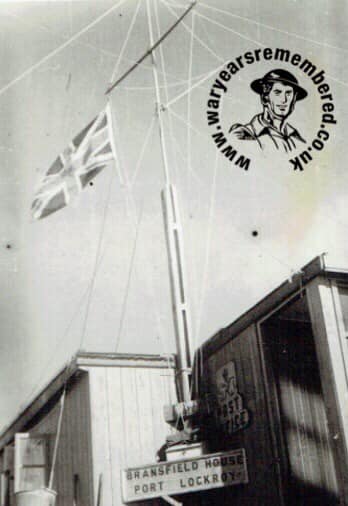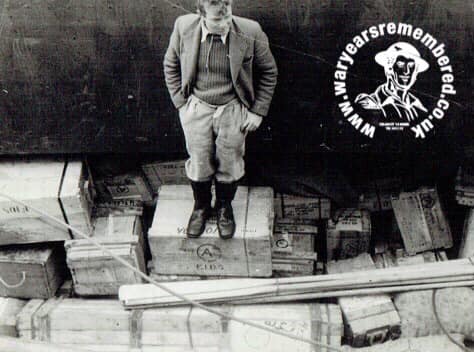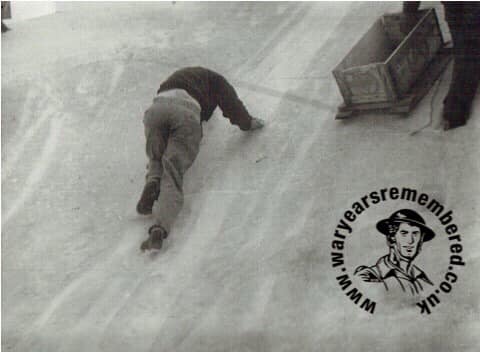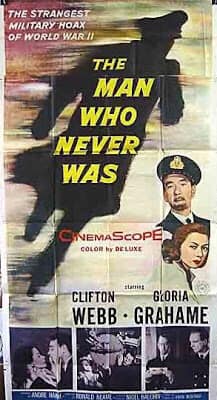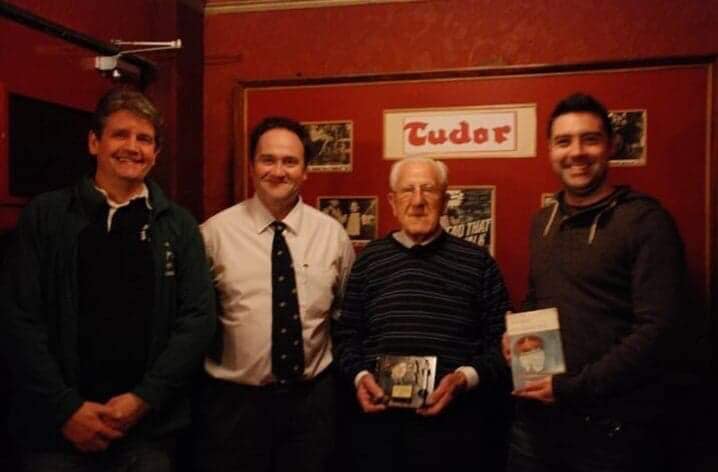Today the 16th December 1955 (65 years ago) Lieutenant Colonel Robert Blair Mayne DSO & 3 bars SAS was laid to rest in his hometown of Newtownards in Movilla Abbey Cemetery.
Blair's funeral was the biggest his hometown of Newtownards had ever seen. The cortege was a mile long and took an hour to travel through the town.
In the last year since we were generously gifted Blair's uniform and battle-trunk (containing both military and civilian documentsphotographs, diaries, personal items, letters and medals) the story has grown considerably with the research into the items.
We have made friendships and partnerships with organisations across the world, including family friends of those who he grew up with, went to university with, played sports with, worked with and those who he served with.
We have also interviewed and been recording oral histories of those who knew him personally, those who knew the real him, not the fiction you will read in some books, "busting" the myths and legends, preparing a new chronicle and documentary of his life story to share with the world.
The legend of Colonel Paddy is a unique one and it is quite complex. The man did suffer immensely with pain from injuries he received during his wartime service and, like many who returned from the war, was left to cope with what he had seen and had to do, as best he could, and with little or no support.
He was however a true gentleman and had the deepest respect for women. He could not tolerate any foul language around them.
As we have explored his journal, written during his expedition to the Antarctic, amongst other things you get a real sense of the man. Despite being in severe pain he pushed himself on, to the point where he simply could not continue.
We now know that he managed to reach the Antarctic, in particular Deception Island and Port Lockroy. We know this thanks to his journal and the pictures he took. We are indebted to Geoff Cooper from the UK Antarctic Heritage Trust for his help, advice and guidance, whilst researching Blair's expedition.
We have also been in contact with some of the families of those with whom he served. Once again he was always spoken of in very high esteem, with much emphasis on how much of a proper gentleman he was. Some of these families have kindly donated items belonging to their relative to the Collection, thus adding to and becoming part of Blair's story. It also allows us in the museum, the opportunity of telling their relatives' individual stories too.
Colonel Paddy’s items sit proudly in War Years Remembered Museum, shoulder to shoulder with other warriors from across the world and our isles. He was a true leader of men and there is no better place for his items to be.
I would like to highlight one man who, 65 years ago today, having been so inspired by Blair that he joined 2nd SAS in 1943, found himself to be amongst those few honoured to be chosen to carry Blair's coffin to the graveside As a mark of respect to Blair's height and stature,all the pallbearers chosen had to be over 6ft tall.
It is my humble honour to introduce Brian Ormonde Barnes, known to most as "Barney" or "B.O.B."
Barney was born in Camberly, Surrey on the 16th August 1923, to his Irish mother (from Portlaoise) and father (a serving Sergeant in the Royal Artillery during the Great War).
Sadly his mother died from TB when he was just eight years old and he went to live with his paternal grandparents. His grandfather was a Yeoman of the Guard at the Tower of London and his grandmother hailed from Londonderry.
As a boy soldier in 1937, Barney enlisted into the Royal Army Service Corps, prior to the Second World War. He went to South Africa with the 1st Army Group and in 1943 volunteered to join 2nd SAS under the command, at that time, of Brian Franks.
The only story he told his daughter was that on one of the operations he parachuted in on, he landed in a tree. Not being able to hide he had to make a run for it.
He took part in Operation Archway and was in Northern Germany on VE Day. In May of 1945 he went to Norway and was one of only twelve British soldiers to be awarded a medal from King Harold VII of Norway.
After the war he rose to the rank of SQMS. In 1950 he contracted TB and spent four years recovering in a hospital in Switzerland before returning home to the Duke of York Barracks in London and helping with the formation of the fledgling 21 SAS Regiment. He also held the post of Secretary of the Original SAS "Old Comrades Association".
We also have reason to believe that he was part of the "Nazi Hunters" (a secret group of the last few serving members of the Original SAS who, post-war and in complete secrecy, combed Europe seeking out and bringing to justice, those Germans who had perpetrated dreadful crimes against the SAS during the war). We will continue to investigate this story further.
In 1957 Barney moved to take up residence in the Falkland Islands. He had even penned a letter to his old boss suggesting that the area would be ideal for training.
In 1960 he married Sigrid Geraldine Wells Roberts, known to all as "Siggy".
Siggy's father was a Chelsea pensioner from County Mayo in 1849.
In the 1960s ex-soldiers and their families were encouraged to move to the Falkland Islands, to live there and raise their families.
In 1962 Barney and Siggy were blessed with a daughter who they named Xenia (from the Greek for "friendship shown to those far from home").
In recent discussion with Xenia, we discussed the possibility that her Dad might have been inspired to move down to the Falkland Islands by Blair’s journey to the Antarctic, as he had convalesced in the hospital at Port Stanley on his return home.
Xenia's mum often said that all the nurses in the hospital in Port Stanley were very taken with Blair and that he was always a true gentleman in their presence.
Barney first wore his medals on the Island in 1975, when commanded by the Governor of the Falkland Isles. Sadly Barney passed away on the 14th September 1979.
The men of the Original SAS rarely spoke of their time and experiences during the war, but everyone of them held Colonel Paddy in such high esteem that not one would have a bad word said about him.
The story grows day by day at War Years Remembered.
As we add to Blair’s story, we also become richer by learning of his comrades and their own stories. Through the generosity of others, we are then able to record and share these stories. Every item so generously added to the ever growing War Years Remembered Collection allows us to research, preserve and share these stories with everyone, thus producing an extensive archive not just for this generation but for generations to come.
Together We Will Remember Them.
